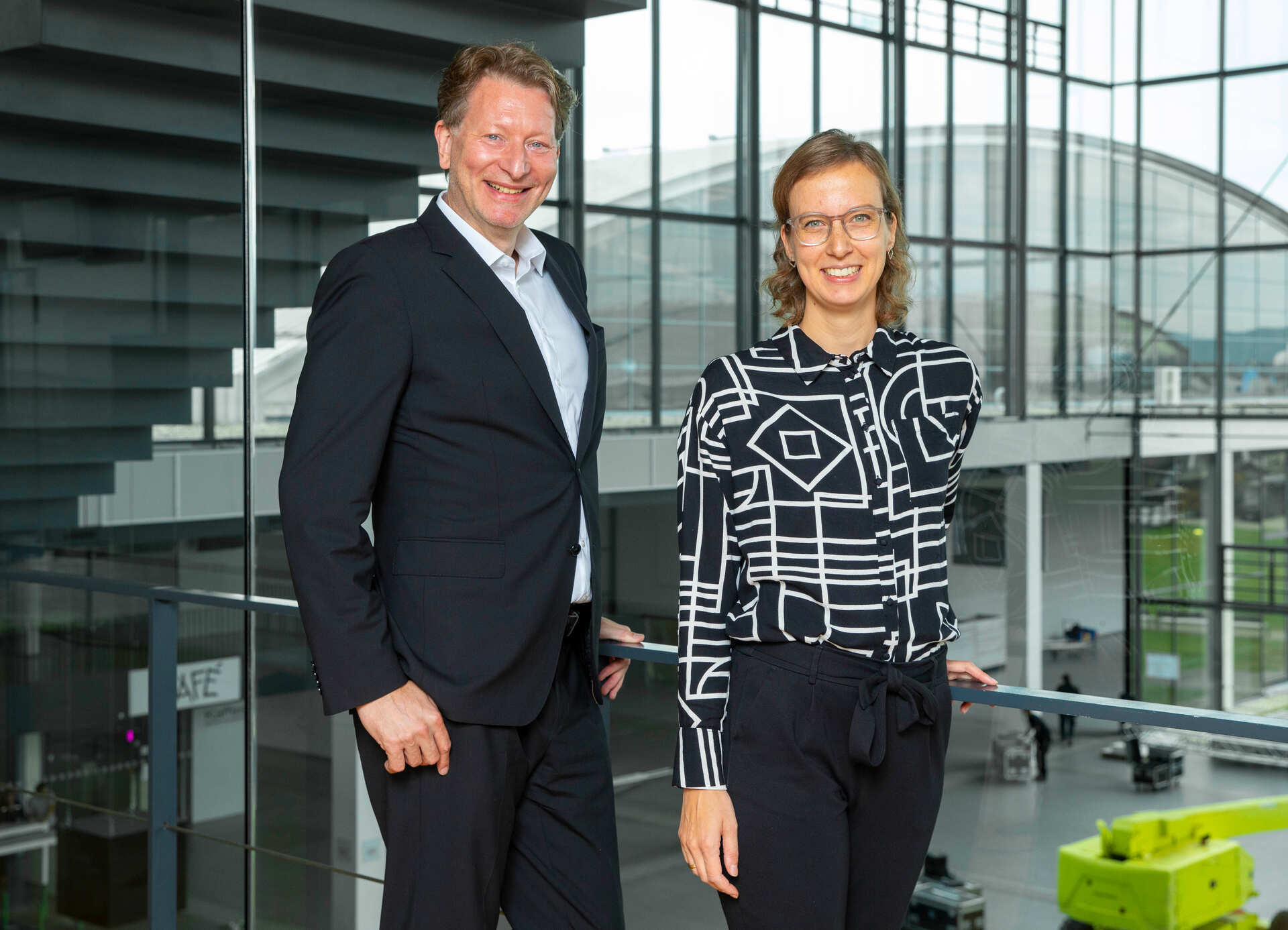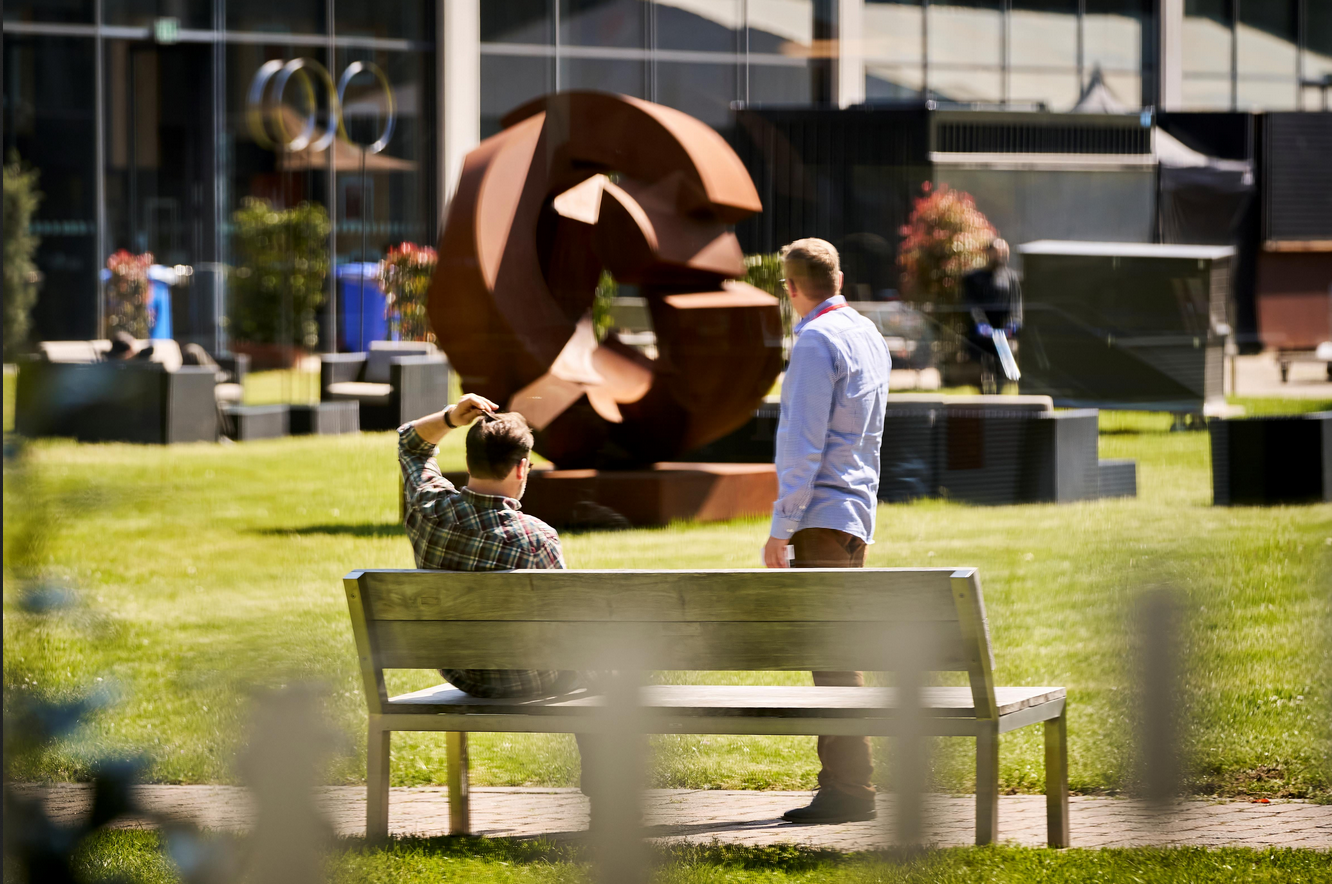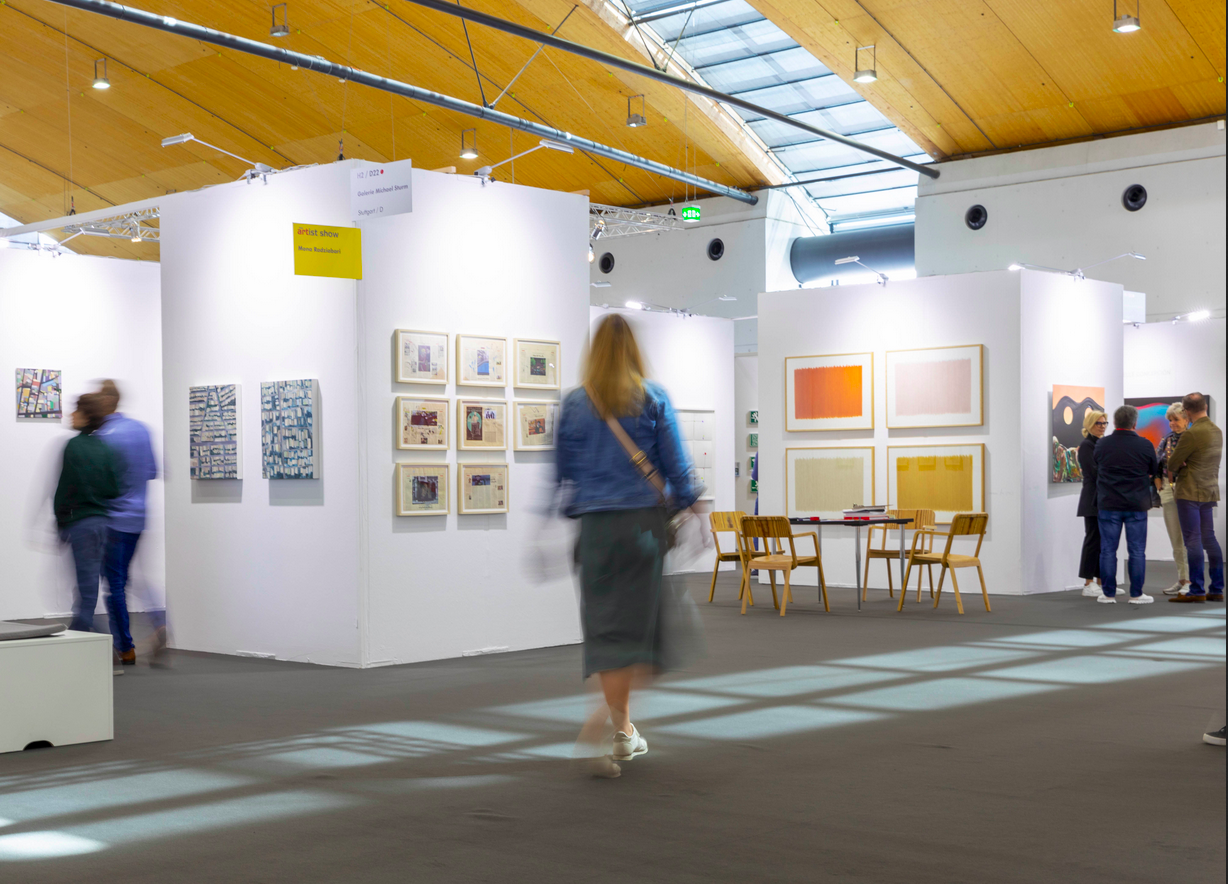Art Karlsruhe opens its doors
[23 Feb 2024]For this year’s edition of the not-to-be-missed German fair Art Karlsruhe (22-25 February 2024), its new director Kristian Jarmuschek answers all of the Artmarket team’s questions.
What is the state of the art market in Germany? What are the strengths of the country’s largest artistic centres: Cologne, Berlin and Karlsruhe?
The art market in Germany boasts a fascinating interplay of creative impulses, traditions and cultural riches. A wide range of artistic creations and cultural events take place in the major centres of Cologne, Berlin and Karlsruhe.
Cologne has a long history as a centre for the arts. The city is home to a number of important galleries and institutions that preserve and promote the region’s artistic heritage. Art Cologne, the world’s oldest art fair, gives Cologne an international stage and attracts art lovers from all over the world. With so many artists in the city, Berlin vibrates with creative energy. It is a mecca for creative people who thrive in an atmosphere of infinite possibility.
From famous galleries to alternative art projects, Berlin reflects the diversity and openness of art. In south-west Germany, Karlsruhe has created a unique combination of art and technology. The Centre for Art and Media Technology (ZKM) is an outstanding institution that explores the boundaries between art and modern technology making Karlsruhe an innovative centre for contemporary art.
Art Karlsruhe is Germany’s only major fair focusing on classical, modern and post-war art, always in direct dialogue with contemporary art. It may be fashionable today for contemporary artists to dialogue with the classics but this has always been the case at Art Karlsruhe.
The fair benefits from its location in a dynamic cultural and economic area. The collection is firmly rooted in Baden-Württemberg’s strong middle class and many of Germany’s best-known collections have their works here. Würth, Burda, Hoppe Ritter and many others have all come to Art Karlsruhe over the last 20 years and have shown a strong connection with the place. Its closeness to Switzerland, France and Austria gives the art fair a multi-faceted resonance. Many fairs now focus exclusively on contemporary events. Art Karlsruhe focuses on both fields and seeks to connect with the future and the next generation. Promoting young talent is crucial to the future of an art fair. At the same time, the fair strives to position classical and post-war modernism even more firmly in a European context and, especially today, explore the prospects for relationships with artists and their works on the future art market. The creative heart of Germany beats in its own way in all three cities. Cologne with its historical significance, Berlin with its stimulating creativity and Karlsruhe with its innovative combination of art and technology. Together they form a kaleidoscope of art that reflects the diversity and richness of the German art market.

Jarmuschek & Blass. copyright: Messe Karlsruhe | Jürgen Rösner
You have just taken over managing Art Karlsruhe. What are your hopes, commitments and ambitions for the fair?
To further develop it, we have examined what Art Karlsruhe is, what it represents and what its strengths are. We asked ourselves what we wanted to keep and what we wanted to adapt to the current structure of the art market. Art Karlsruhe is a strong fair. So it’s an evolution, not a revolution. Art Karlsruhe is firmly rooted at regional level and our aim is to further develop beyond south-west Germany with a European perspective. Our initial aim is to better integrate the cities and regions within a 300km radius of Karlsruhe such as Luxembourg, Strasbourg, Zurich, Munich, Frankfurt and the Rhine-Main area.
We want to become even more attractive to the galleries and collectors based there and thus strengthen the fair. Building on our strengths, we have created new formats to further develop the fair. As part of re:discover, in collaboration with the Federal Association of German Art Galleries and Dealers (BVDG) and with the support of the Federal Government Commissioner for Culture and the Media (BKM), we want to restore the visibility of artists on the art market who, wrongly, have not fully captured our attention. At the same time, we’re looking to the future, drawing attention to young galleries in the Discover space and promoting young artists from the region in Academy Square, where art school graduates can begin their first exchange with the art market.
What are international collectors looking for at Art Karlsruhe?
The vast sculpture spaces! These spaces are specially dedicated to three-dimensional works of art and are an integral part of Art Karlsruhe and unique in the international art fair landscape. And of course, 120 years of museum-quality art history are presented at Art Karlsruhe in a dialogic way, starting with classical modernism and continuing through to post-war modernism. These inspiring combinations give a complete picture of the diversity and innovative spirit of these eras, and have characterised the show from the outset. Of course, collectors can also be curious about our new formats, which offer everyone the chance to rediscover (re:discover) and rediscover (Discover and Academy Square) artists, right through to an introduction to art collecting (Paper Square).

art KARLSRUHE
What would your ideal art collection be?
What’s the best way to start collecting? The cornerstone of almost all art collections are works on paper. Building on our previous presentation of graphic art, we created Paper Square as a platform for works on paper. In this sense, it’s an ideal starting point for young collectors, a space for beginners and enthusiasts of this particular artistic material.
In recent years, it has been observed in contemporary art collections that only a few follow a particular group of artists throughout their lives. Collectors are more interested in a global or cosmopolitan perspective. We are more interested in individual works and exciting comparisons, like a historical work against a contemporary proposal. That’s why we try to create the most exciting connections and sectors possible when allocating rooms. We want to continue to promote the private collection by making it visible but we have also adapted these temporary exhibitions to current trends. We now work with young curators who investigate private collections and present their selections at the fair. This year, Sara Haberkorn is responsible for the collection at LBBW and is curating a special exhibition entitled “Nature – Beauty and Destruction”, which gives an insight into this multi-faceted collection.
Discovering the space and the works
Art Karlsruhe is an art fair with a great deal to offer and a special soul. Located in the south-west of Germany, this year it once again offers an overview of 120 years of art history. 177 galleries from 15 countries have been selected to present two- and three-dimensional works of art in the four halls flooded with light.
Art Karlsruhe boasts strong expertise in the fields of modern, post-war and contemporary art, with a roster of artists filled with key figures including Picasso and Miró, Nolde, Pechstein and Kirchner, as well as Karl Hofer, Heinz Mack, Gerhard Richter and Pipilotti Rist. Important representatives of Pop Art such as Andy Warhol, Tom Wesselmann and Claes Oldenburg are also present, as is the work of Englishman David Hockney.
To highlight the fair’s strengths more clearly, there is a new hall structure, giving visitors quick access to the artistic movements and themes they are looking at. Hall 1 is for Modern Classics and Contemporary Art. Hall 2 is dedicated to Art after 1945 and Contemporary Art, while Hall 3, entitled Artication, houses the new Paper Square space, the LBBW special exhibition, as well as cultural institutions and Academy Square for graduates of Baden-Württemberg’s art academies. Hall 4, the dm-arena, is entitled “Discover” and is a space for contemporary art and the Newcomer section, for which very young galleries can apply.

Impressions art KARLSRUHE 2023. Credits: Messe Karlsruhe / Jürgen Rösner
Which new galleries are you pleased to welcome to the fair this year?
Galerie Éric Mouchet, Brussels, Paris
Françoise Heitsch, Munich
Schierke Seinecke, Frankfurt
COSAR, Düsseldorf
Meyer Rieger, Karlsruhe
Galerie Nanna Preußners, Hamburg
PAW, Karlsruhe




 0
0
